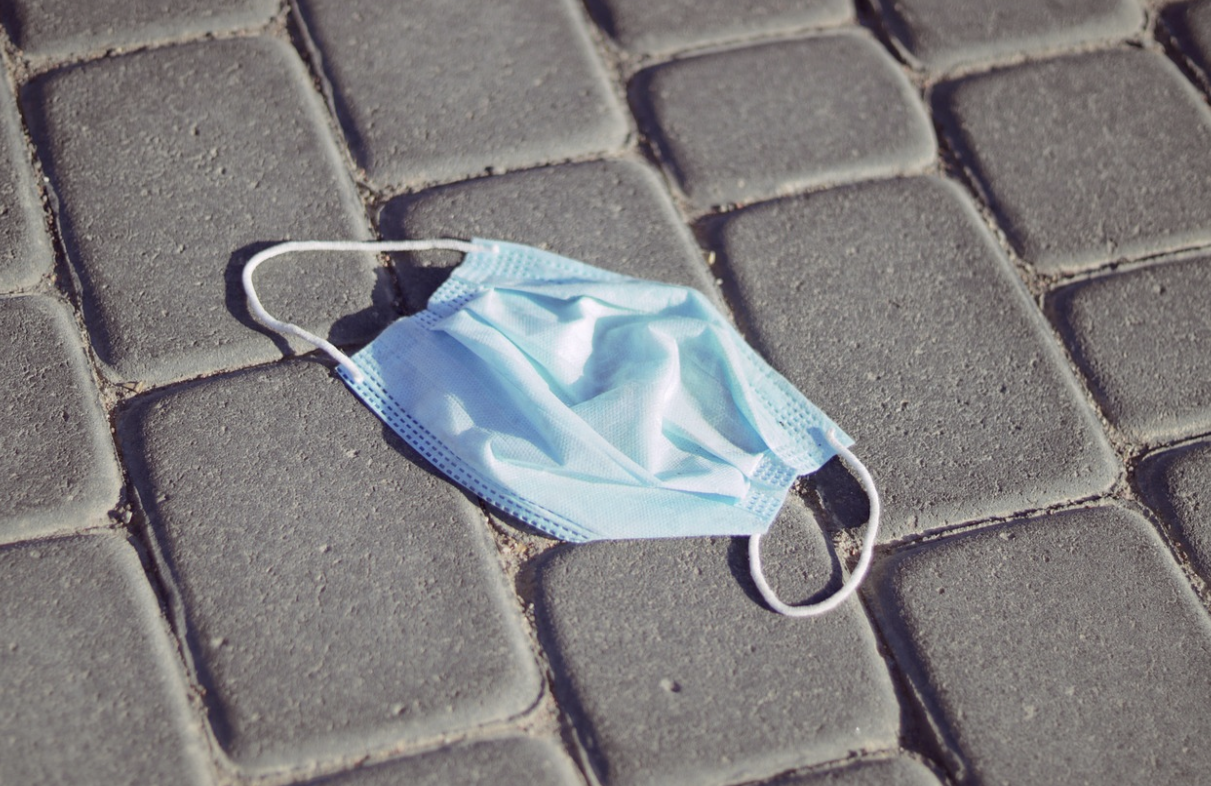How to Implement a Medical Waste Disposal Plan in Your Healthcare Facility
Healthcare facilities generate a variety of waste, some of which can be hazardous if not managed properly. An effective medical waste disposal plan is essential for ensuring patient safety, regulatory compliance, and environmental protection. Healthcare providers may reduce the dangers related to medical waste and help create a more sustainable healthcare system by adhering to best practices.
Identify the Types of Medical Waste
Understanding the different types of medical waste is the first step in creating a disposal plan. Medical waste typically falls into several categories, including biological waste, sharps waste, pharmaceutical waste, and hazardous chemical waste. Each type requires specific handling and disposal methods. Biological waste includes any waste derived from patients, such as blood-soaked materials, tissues, and other body fluids.
This waste poses a risk of infection and should be treated with caution to prevent the spread of pathogens. Sharps waste consists of needles, blades, and any other items that can puncture the skin. Whether you utilize sharps disposal containers or other methods, proper handling is crucial to avoid injury and contamination. Pharmaceutical waste consists of expired, unused, or contaminated medications. These items can have significant effects on the environment if disposed of improperly. Lastly, hazardous chemical waste refers to any waste that contains chemicals that may be dangerous to human health or the environment. Proper identification is vital as it influences the subsequent steps in the disposal process.
Develop a Waste Management Protocol
After identifying the types of medical waste produced, the next step is developing a comprehensive waste management protocol. This plan should outline the procedures for storage, transportation, and disposal of each waste category. A well-structured protocol helps maintain a consistent approach across the facility. Establish clear guidelines for staff on how to segregate waste at the point of generation. Color-coded bins can assist in this process, making it easy for staff to dispose of different types of waste correctly.
Clearly label containers to minimize confusion and emphasize safety measures. All employees must be trained on these protocols, as understanding these procedures plays a significant role in preventing errors. Regular reviews of the protocol are necessary to ensure compliance with local, state, and federal regulations. As new guidelines emerge, adapting the protocols accordingly will maintain high standards in medical waste management.
Train Employees on Waste Disposal Procedures
Training is a critical component of an effective medical waste disposal plan, as it equips staff with the knowledge and skills needed to handle medical waste safely. Conduct regular training sessions that cover the various types of medical waste, proper segregation procedures, and the importance of compliance with regulations. Educating staff members on the hazards associated with medical waste will foster a culture of safety within the facility. In addition to initial training, ongoing education is equally important. Regular updates can keep employees informed of changes in regulations or procedures. Utilize various training methods, such as in-person sessions, online modules, and hands-on demonstrations, to cater to different learning styles and enhance retention of information. Encourage staff to ask questions and seek clarification when needed, as this openness will strengthen their understanding and confidence in handling medical waste.
Establish a Tracking and Reporting System
Implementing a tracking and reporting system is essential for monitoring the amounts and types of medical waste generated within a healthcare facility. Such a system not only ensures compliance with regulations but also allows for data analysis that can inform future waste management practices. Begin by establishing benchmarks for different types of waste generated. Regularly track and report waste disposal metrics to identify areas for improvement. For example, if sharps waste is beyond expected levels, this might indicate a need for enhanced staff training or changes in clinical practices. Set up a schedule for audits to ensure that established protocols are being followed and make adjustments as necessary. Continuous evaluation of the waste management process will lead to better outcomes and increased safety for staff and patients.
Select Appropriate Disposal Methods
Healthcare facilities must choose the appropriate disposal methods based on the types of medical waste generated. Incineration, autoclaving, and chemical treatment are among the most common methods used for medical waste disposal. Each has its advantages and limitations, which should be understood before making a selection. Incineration is a widely used method for hazardous waste that reduces waste volume significantly. It is particularly effective for biological waste, as the high temperatures effectively destroy pathogens.
However, it may not be the best choice for all types of medical waste due to potential environmental concerns related to air emissions. Autoclaving is another popular option that uses steam sterilization to decontaminate waste. This method is effective for biological and certain pharmaceutical wastes, rendering them safe for disposal in landfills. Chemical treatment using disinfecting agents can also be suitable for specific waste types but requires careful handling to avoid accidents and ensure compliance with regulations.
Partner with Licensed Medical Waste Disposal Services
Choosing to work with a licensed medical waste disposal service can simplify the medical waste management process significantly. These providers have the expertise needed to handle, transport, and dispose of medical waste in compliance with all relevant regulations. Collaborating with experts in the field ensures that healthcare facilities are not only meeting legal obligations but also minimizing public health risks. When selecting a disposal service, verify their certifications and licenses. Review their policies for waste collection, treatment methods, and any guarantee of compliance with local regulations. Evaluate references and feedback from other healthcare facilities that have utilized their services. This due diligence helps build a reliable partnership that can enhance the facility's waste management efforts.
Ensure Compliance with Regulations
Maintaining compliance with laws and regulations regarding medical waste disposal is crucial for any healthcare facility. Familiarize yourself with local, state, and federal regulations alongside industry best practices related to medical waste management. This awareness will inform the facility's protocols and waste-handling practices. Regularly reviewing existing regulations is necessary, as they may change to reflect new standards or practices in healthcare. Appoint a compliance officer or team responsible for ensuring that the facility adheres to all regulations and identifying areas needing improvement. Engage in networking or joining professional groups to stay informed about changes in waste management regulations and best practices. Staying proactive about regulatory compliance minimizes the risk of penalties or legal repercussions and helps maintain the highest safety standards for staff and patients alike.
Evaluate and Improve the Waste Management Plan
Regular evaluation of the medical waste disposal plan is essential for continuous improvement. Assess the effectiveness of existing protocols by analyzing waste disposal metrics, stakeholder feedback, and incidents of non-compliance. Use this information to identify weaknesses in the current plan and make necessary adjustments. Engage staff in discussions about their experiences with the waste management processes. They can provide valuable perspectives that help improve practices and enhance compliance. Encourage a culture of open communication where feedback is welcomed and acted upon. Implement changes based on evaluations to refine and enhance the waste management plan continually. Setting up a review process at regular intervals can help ensure that the plan remains effective and aligned with current practices and regulations.
Construct a Contingency Plan
Part of an effective medical waste management program is preparing for emergencies and unexpected challenges. Establish a contingency plan that outlines procedures for dealing with incidents such as spills, accidental exposure to waste, or equipment failure. Ensuring that all staff are familiar with these procedures is vital for maintaining safety. The contingency plan should include immediate response actions, reporting protocols, and communication procedures for involving internal and external stakeholders. Regularly conduct drills to assess preparedness and identify any gaps that need addressing. Such drills promote readiness and confidence among staff to act swiftly and correctly during an emergency. Incorporating scenario-based training into regular staff training sessions can prepare employees for various possible situations related to medical waste management. Doing so will help your healthcare facility minimize risks and enhance overall safety efforts.
Establishing an effective medical waste disposal plan in a healthcare facility is a complex process that requires careful planning, staff training, and compliance with regulations. A well-implemented plan ensures the safety of both patients and healthcare workers, facilitates regulatory compliance, and contributes to environmental sustainability. By continuously evaluating and improving waste management practices, healthcare facilities can provide a safer and cleaner environment for all.




